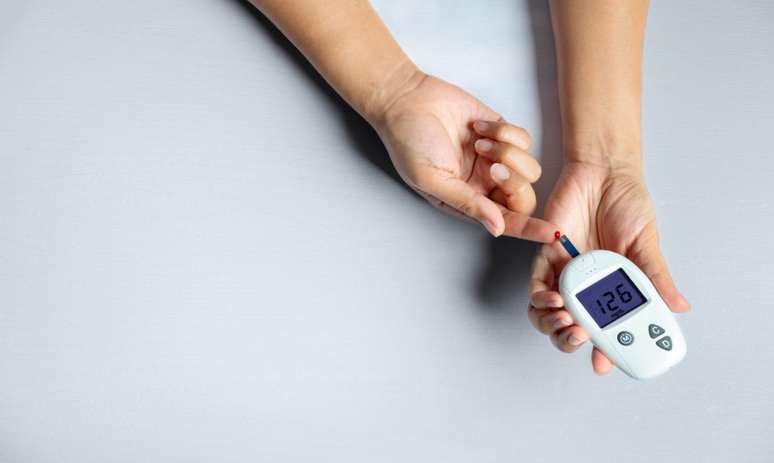Approximately 25% of patients with prediabetes will develop diabetes within 2 to 5 years. Find out how to prevent
If during a blood test your fasting blood sugar reaches a value between 100 and 125 mg/dl it means that you have reduced glucose tolerance, in other words you are prediabetic. The condition is expected to affect about 730 million adults worldwide by 2045, according to the 10th edition of the International Diabetes Federation’s Diabetes Atlas. In Brazil, approximately 7% of the population suffers from this condition, according to data from the Brazilian Diabetes Society, cited by the Ministry of Health.
What is prediabetes?
“Pre-diabetes is a condition in which blood glucose levels are above the normal value, but below the threshold for diagnosing type 2 diabetes mellitus”, explains the head of the hospital’s endocrinology service São Vicente de Paulo, Ana Cristina Belsito.
According to the specialist, it is essential to identify this condition early, as this means being able to act promptly to prevent or delay the progression to full-blown diabetes, reducing the risk of worsening of the disease.
Without treatment, around 25% of pre-diabetic patients will develop diabetes within 2-5 years, Ana Cristina points out. Furthermore, pre-diabetes can cause complications such as distal diabetic neuropathy in 10% of cases, as well as increase the incidence of diabetic retinopathy, carotid artery thickening, dementia and diabetic nephropathy, even without the condition progress to diabetes.
“People who are obese, overweight, pregnant, have a family history of the disease, or use corticosteroids are more likely to have pre-diabetes,” warns the doctor.
How to diagnose?
Although some people report tiredness, constant hunger, and excessive thirst, prediabetes is a silent disease. Therefore, the best way to diagnose it is through laboratory tests. In addition to fasting blood glucose levels between 100 and 125 mg/dl, two other criteria are used to diagnose the condition:
- Glycated hemoglobin (HbA1c): reflects average blood glucose levels over two to three months. A result between 5.7% and 6.4% indicates pre-diabetes;
- Oral glucose tolerance test: Blood glucose assessment collected 2 hours after ingestion of 75 grams of dextrosol. Blood glucose values between 140 and 199 mg/dl indicate pre-diabetes.
Prevent disease progression
The doctor’s advice to prevent the progression of the disease includes, in addition to pharmacological treatment, also changes in lifestyle.
“It is very important to emphasize that it is possible to reverse pre-diabetes if the patient starts treatment early. A balanced diet and regular exercise are as important as the use of medications,” the doctor emphasizes.
Source: Terra
Ben Stock is a lifestyle journalist and author at Gossipify. He writes about topics such as health, wellness, travel, food and home decor. He provides practical advice and inspiration to improve well-being, keeps readers up to date with latest lifestyle news and trends, known for his engaging writing style, in-depth analysis and unique perspectives.






![More beautiful life in advance: What awaits you in the 319 episode of Friday, April 25, 2025 [SPOILERS] More beautiful life in advance: What awaits you in the 319 episode of Friday, April 25, 2025 [SPOILERS]](https://fr.web.img2.acsta.net/img/d5/ab/d5abc73dea071c1a3f279f5d301b32bd.jpg)

